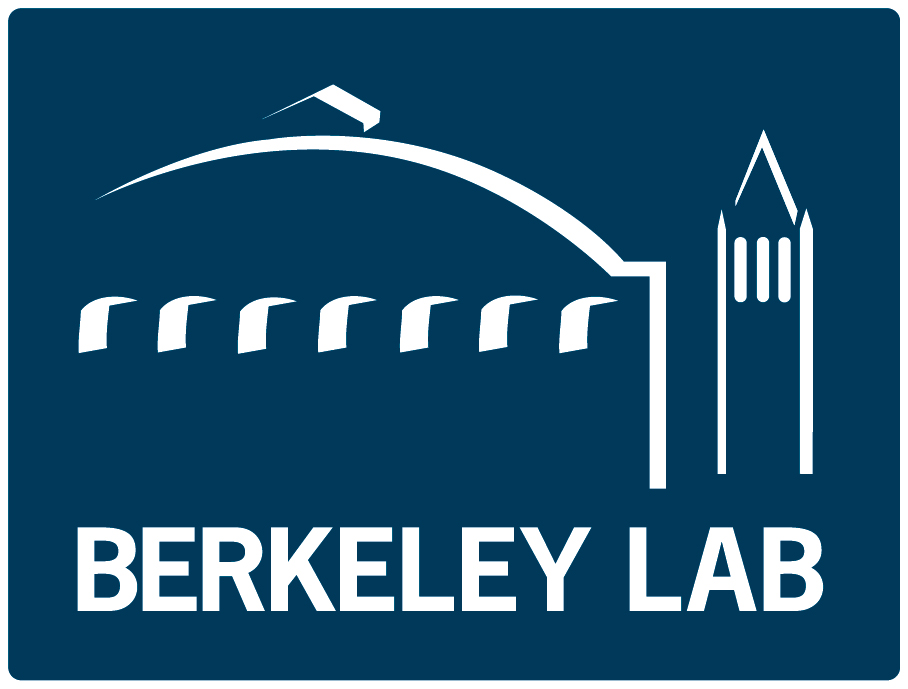APPLICATIONS OF TECHNOLOGY:
- Bioconversion of plant residues used in the following industries:
- Pulp and paper
- Biofuel production
- Food processing
- Textile
- Dye
- Cosmetics
- Bioremediation of environments polluted with xenobiotics
- Biosensors
- Analytical biochemistry
ADVANTAGES:
- Very low production costs
- Very high yield of laccase and manganese-peroxidase
- Short cultivation period (six days)
- Comparatively high thermostability
- High specific enzyme activities
- Process can be directed for production of only ligninolytic enzymes or production of complex lignocellulolytic enzymes
ABSTRACT:
Researchers from Berkeley Lab and the Durmishidze Institute for Biochemistry and Biotechnology have developed a technology to increase production of naturally derived ligninolytic enzymes from a novel strain of white-rot fungus, compared to current low yield methods of deriving the enzymes from most white rot fungi. Specifically, the researchers developed a submerged fermentation system filled with an aqueous medium containing growth-stimulating nutrients that produces the enzymes laccase and manganese peroxidase from cultures of the novel white-rot fungi.
The improvement in yield is significant with laccase yield reaching 1,000 U/ml and manganese-peroxidase yield reaching 18 U/ml – at least two times and up to 50 times higher than reported in other methods. The estimated production cost of laccase using this technology is about 10-60% of current commercial prices.
The efficient bioconversion of plant residues, critical in many industries, depends on the degradation of lignin, the substance that provides plants their rigidity. Fungi secrete extracellular enzymes such as lignin peroxidase, manganese-dependent peroxidase, and laccase, which are essential for lignin degradation. But, large amounts at the lowest possible cost are needed for industrial applications.
High expression of ligninolytic enzymes using recombinant organisms has not yet been achieved, so enzymes must still be obtained form natural sources. This new technology yields a more productive, efficient and competitive process to derive these key industrial enzymes.
STATUS: Patent pending. Available for license.
DEVELOPMENT STAGE: Laboratory level research and development stage.
FOR MORE INFORMATION:
Goshadze M., Elisashvili V. Laccase from Cerrena unicolor: production and purification. Lignocellulosics: Science, Technology, Development and Use. Ellis Horwood, New York, 1992, 25-31.
Elisashvili V. Physiological regulation of ligninolytic activity of higher basidium fungi. Microbiology, 1993, 62, 480-487.
REFERENCE NUMBER: CIB-2835
